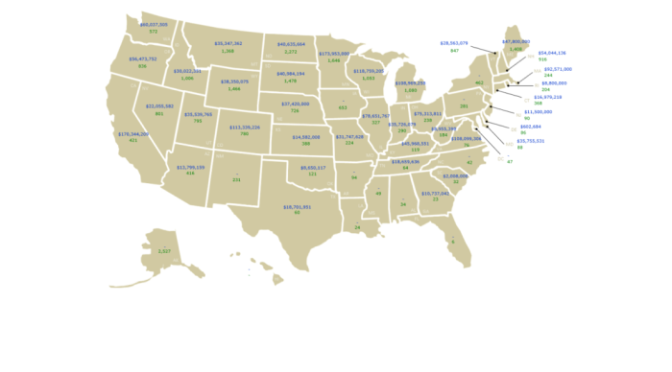Check out these recent episodes from AASHTO’s Talkin Winter Ops podcast.
Snowplow modeling or messing around? (Episode 99): Snowplow blades can be hard to test in real-world conditions. In this episode Alex Klein-Paste of the Norwegian University of Science and Technology describes his work to design and test a scale model in a laboratory setting. Podcast.
Can you see the snowplow? (Episode 98): Jeff Pifer, Director of the Equipment Division at the West Virginia Division of Highways discusses how changing a snowplow’s color and adding lights and reflective tape can make slow-moving snowplows and other maintenance vehicles easier to see. Podcast.
Where’s the snowplow? (Episode 97): When a vehicle crashes into a snowplow, the results can be dangerous and costly. In this episode, Jed Falgren, the State Maintenance Engineer for the Minnesota Department of Transportation, discusses the innovative solutions his agency has found to reduce these types of crashes. February 27, 2024. Podcast.











